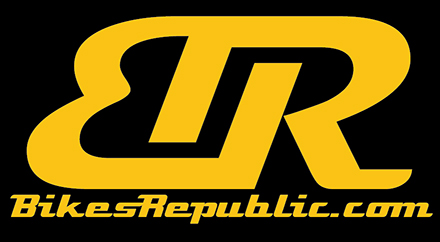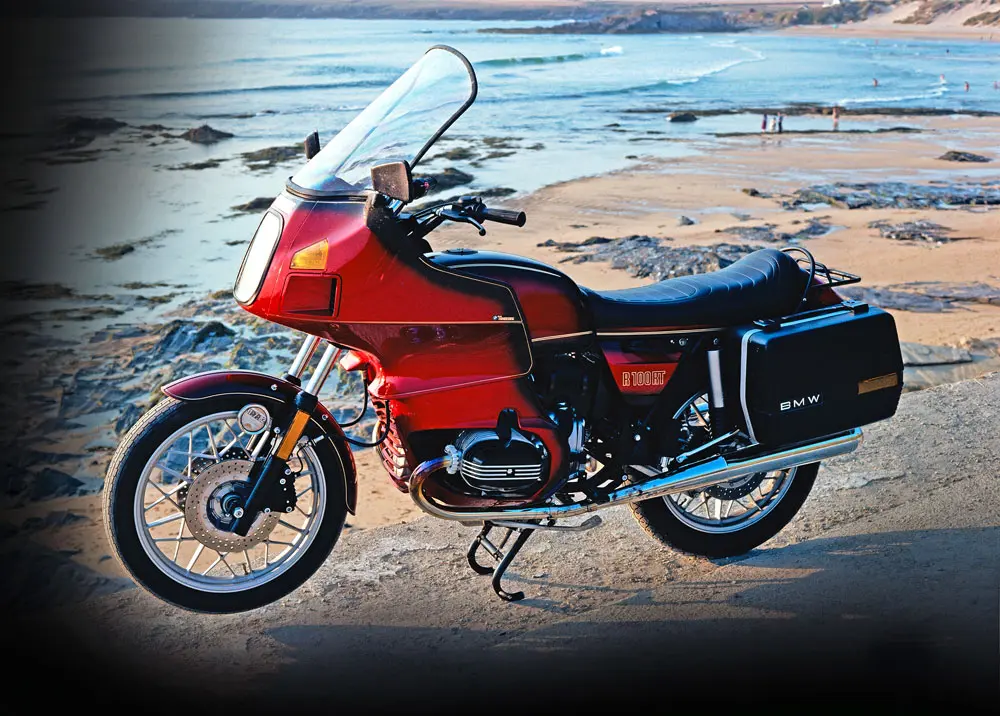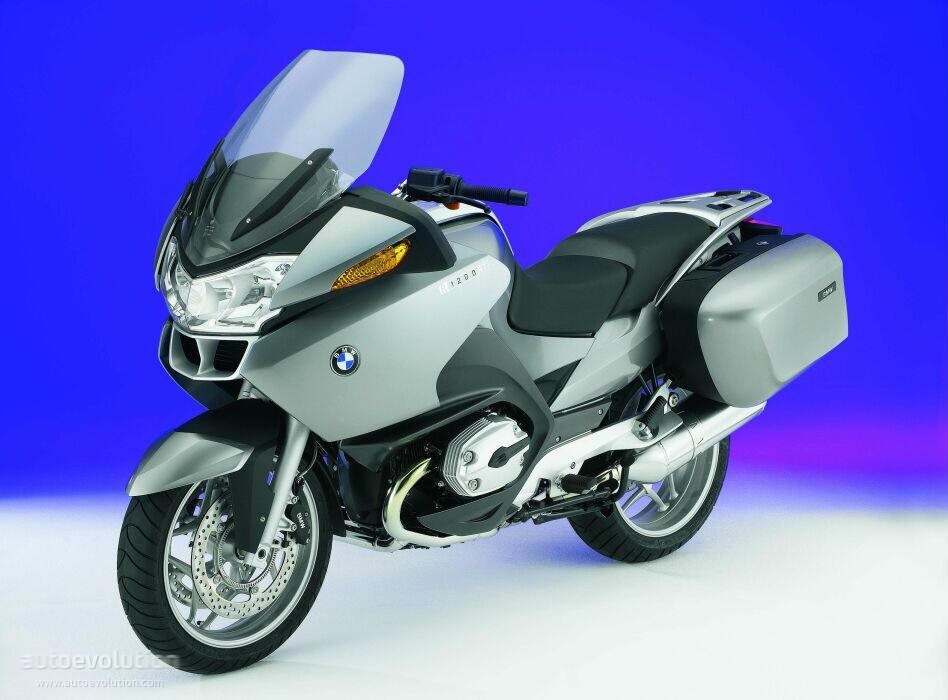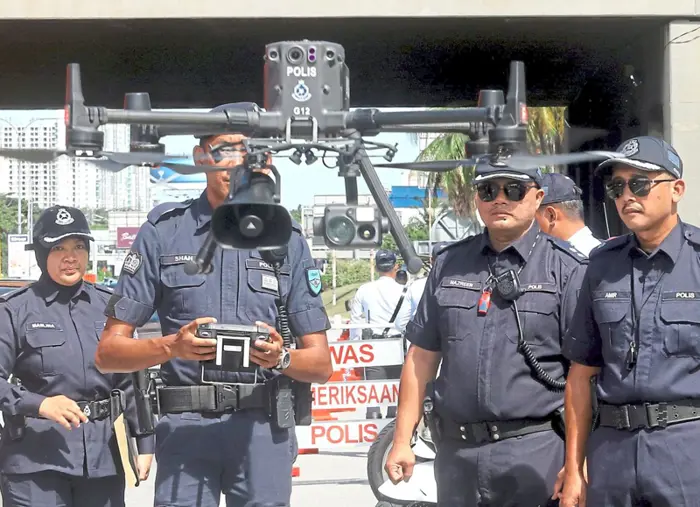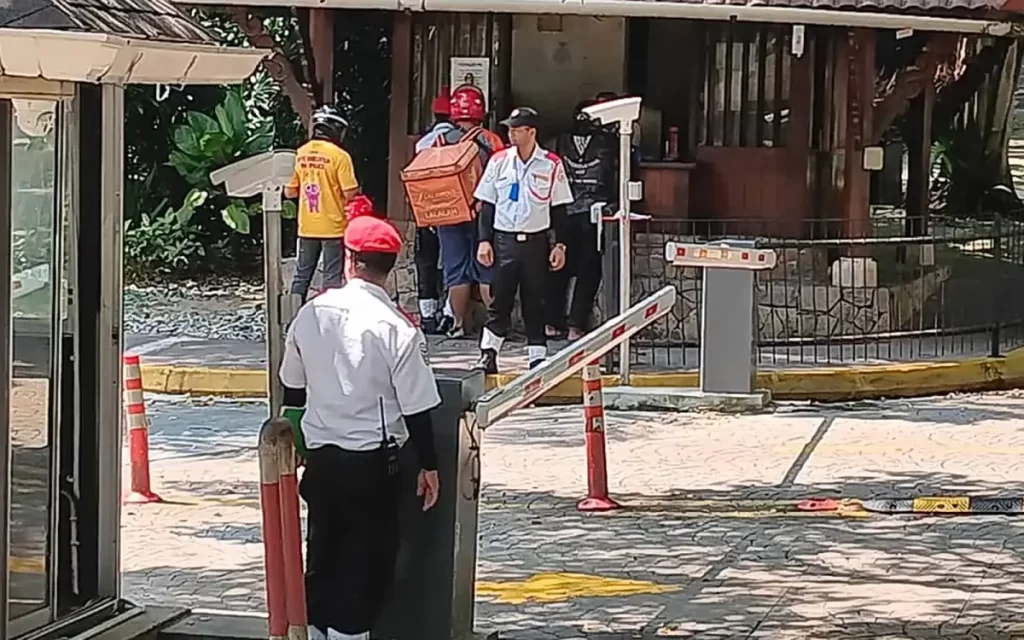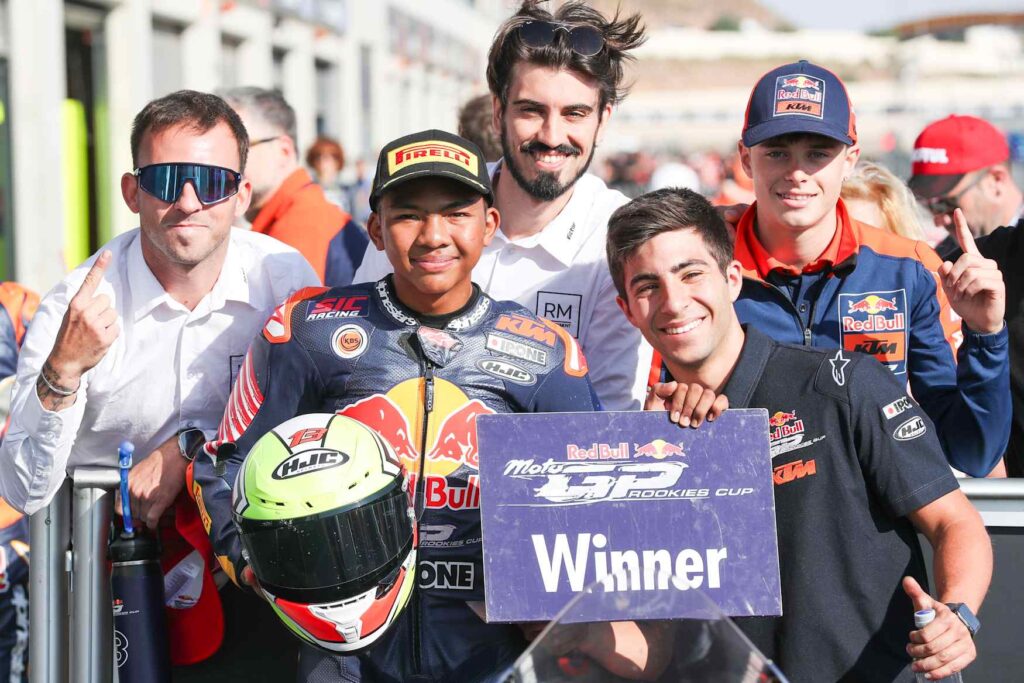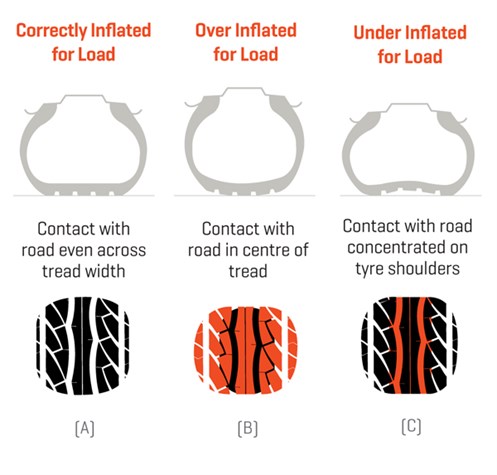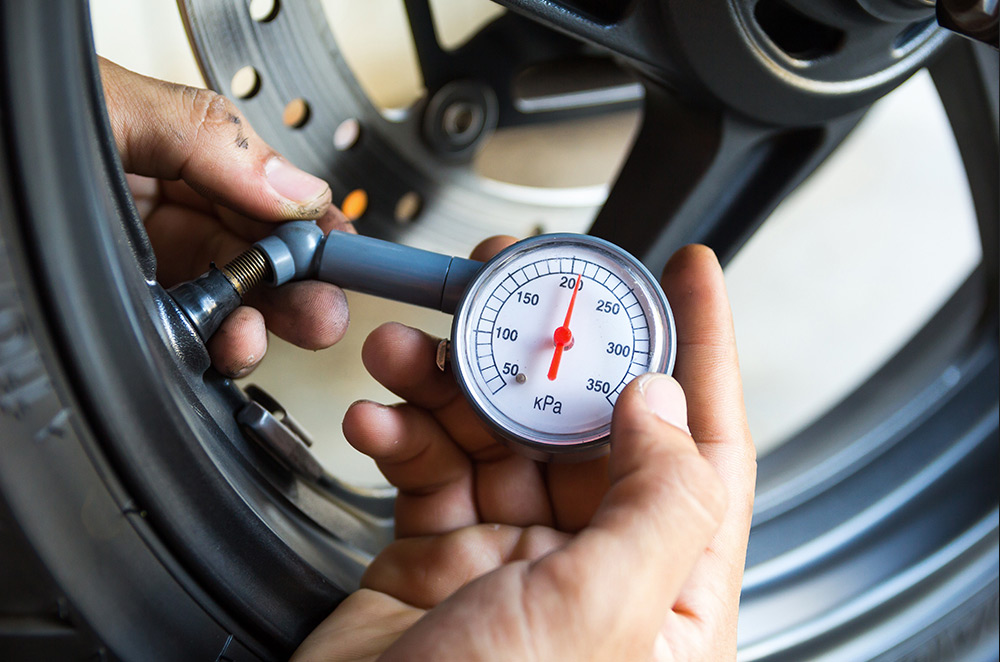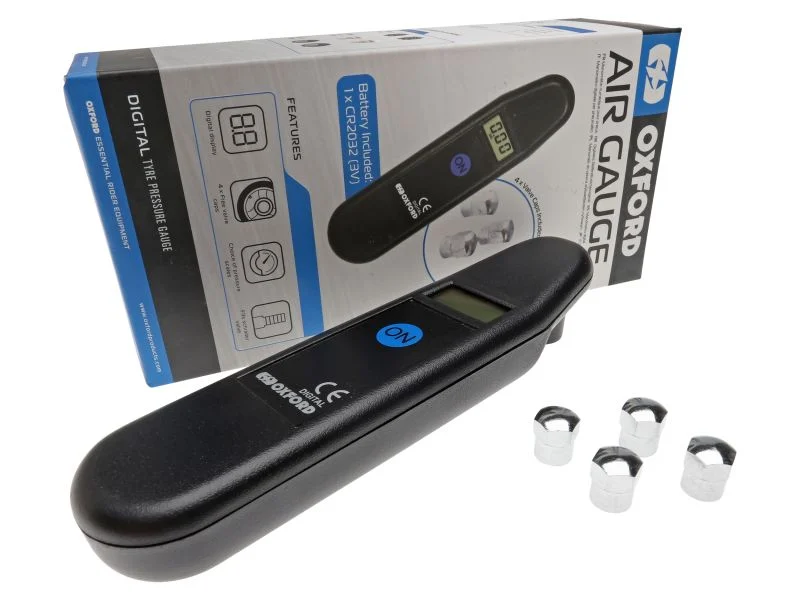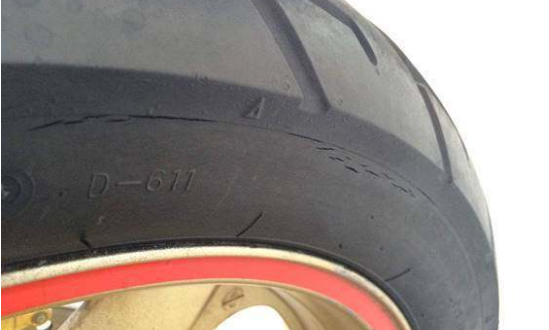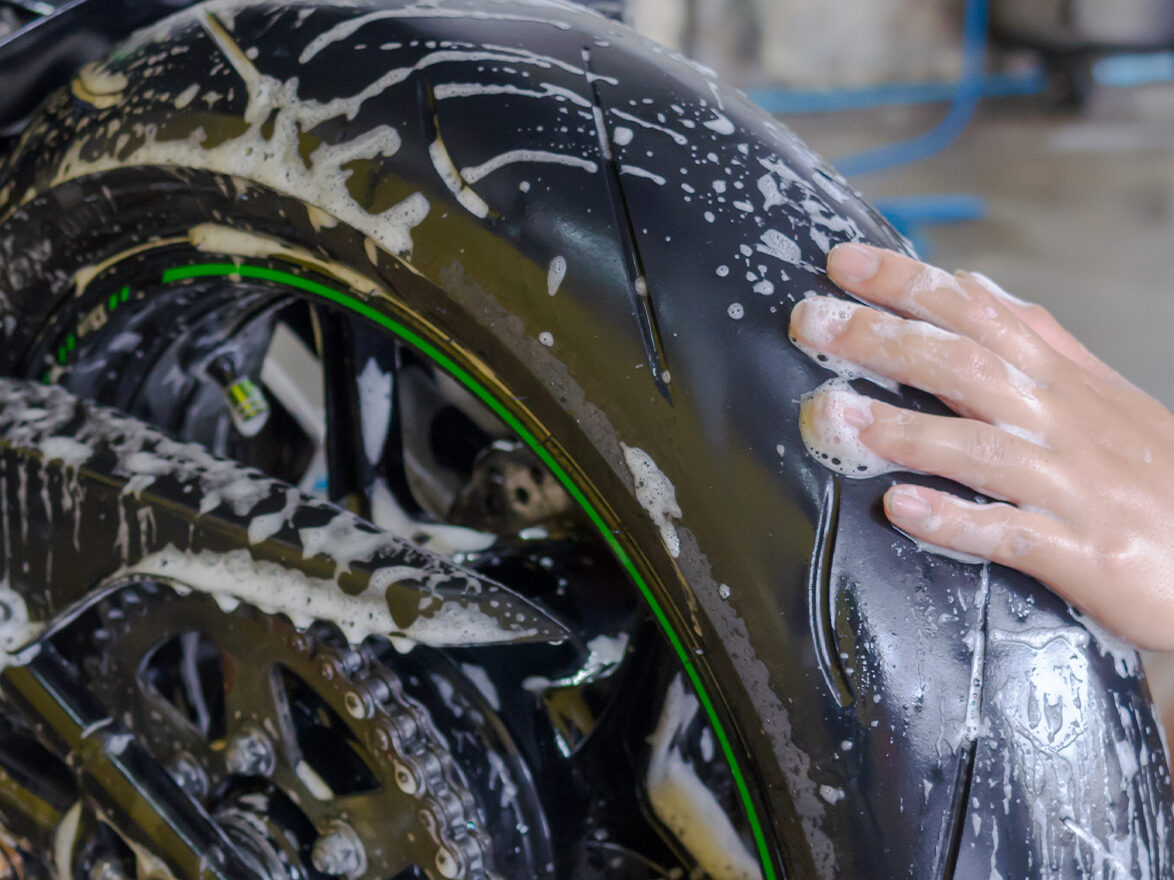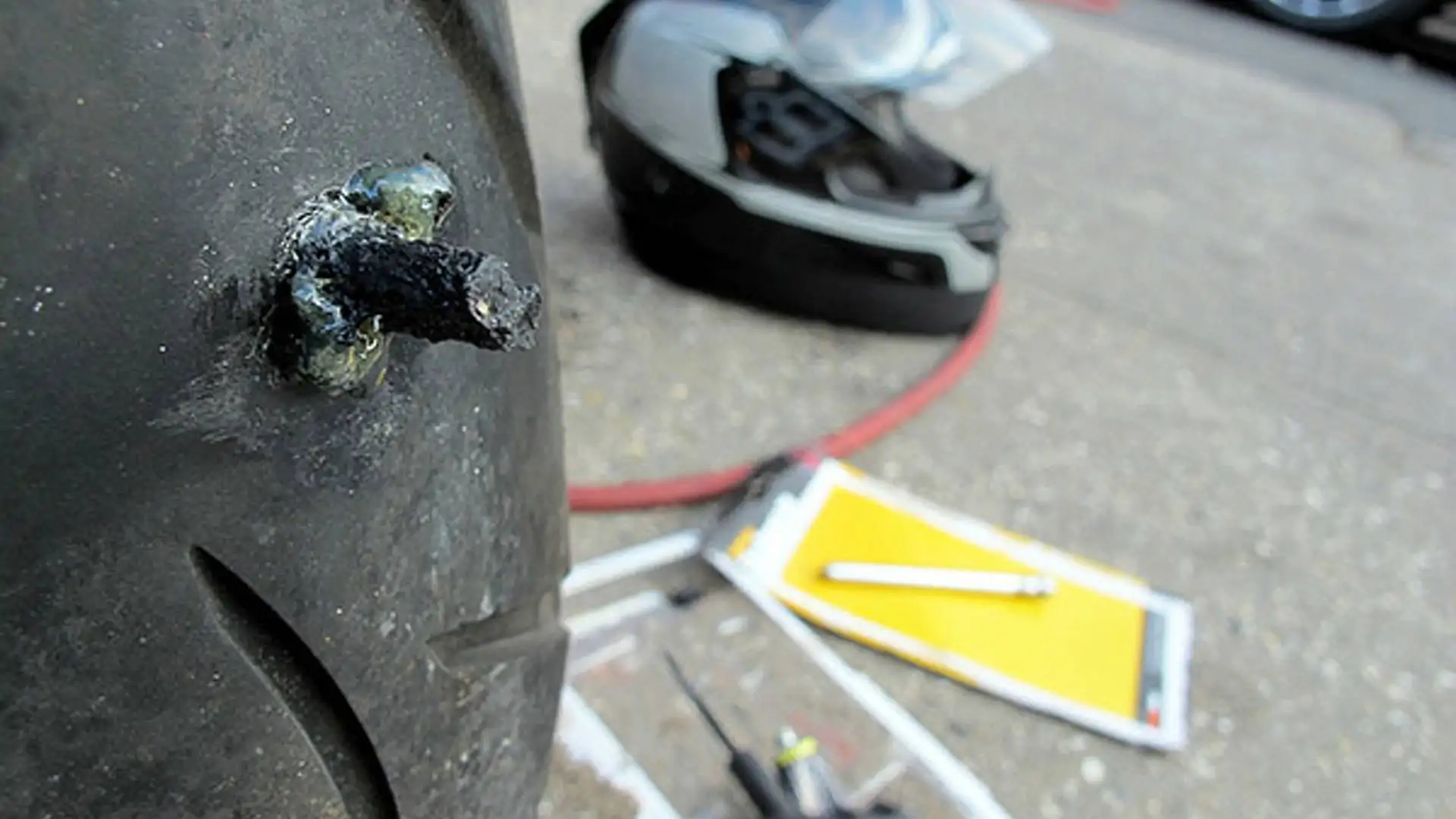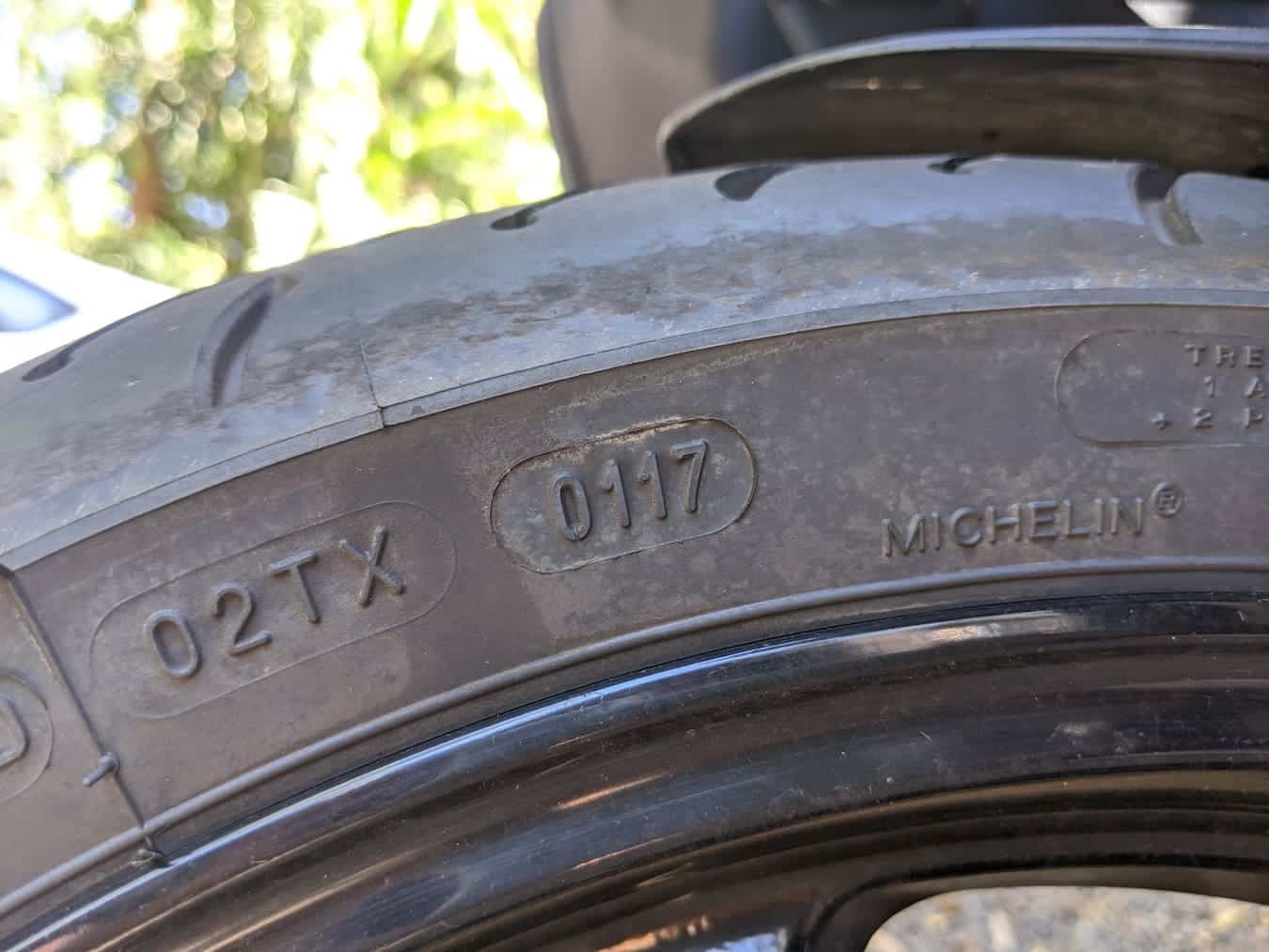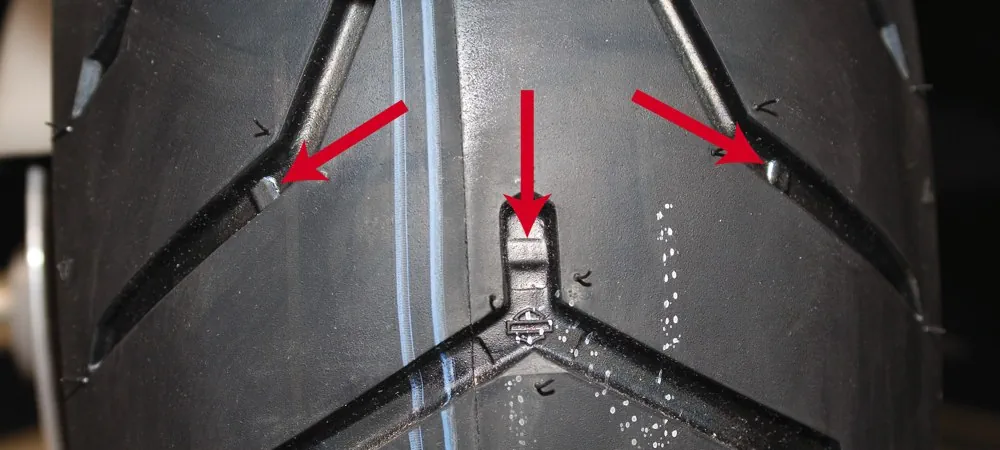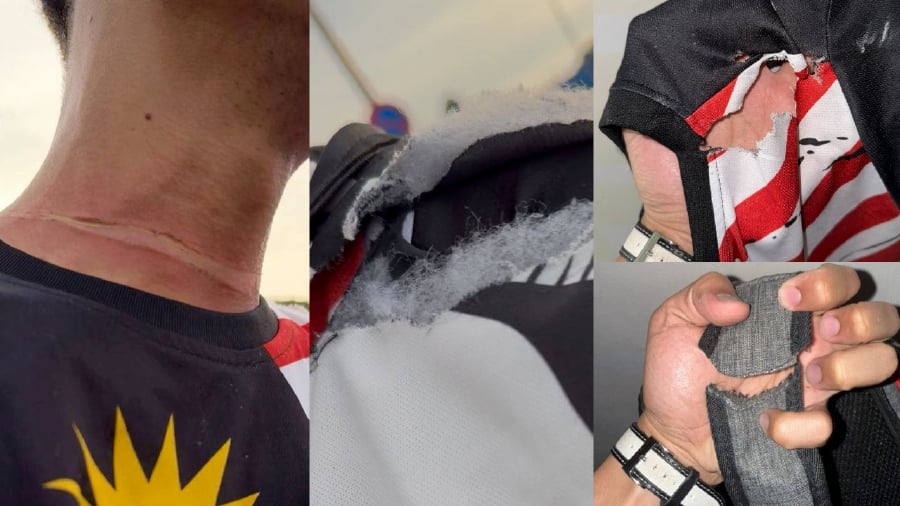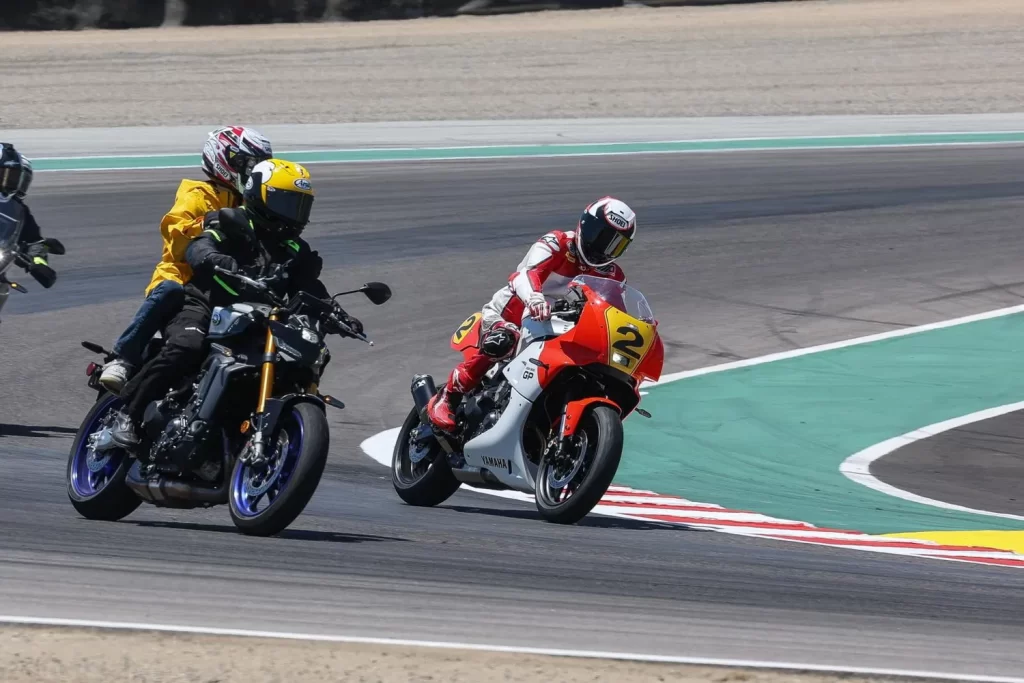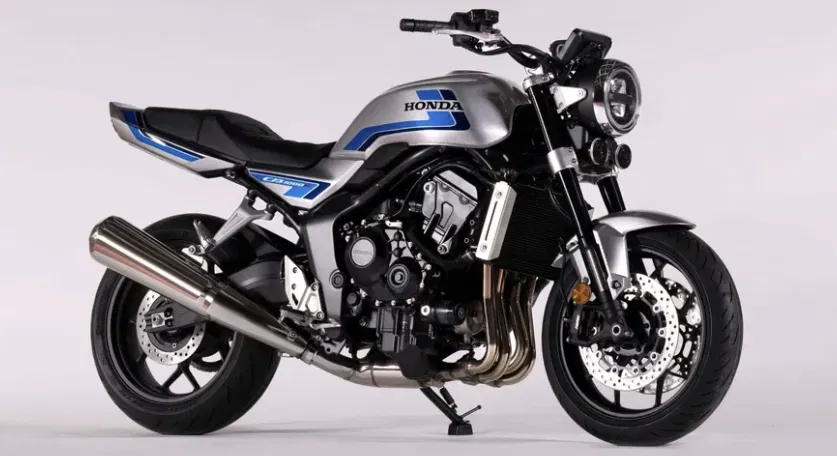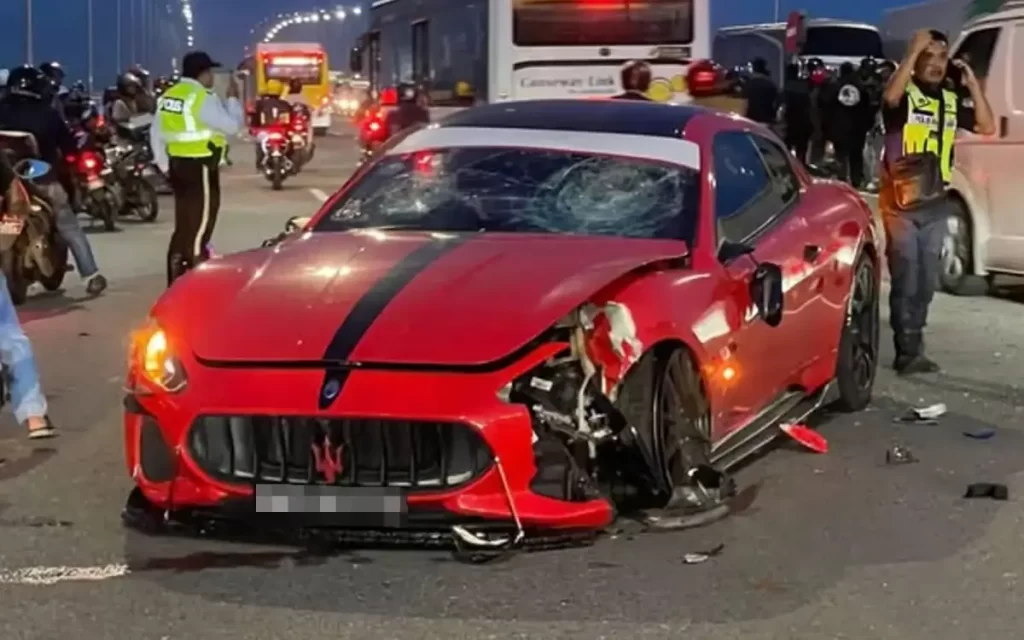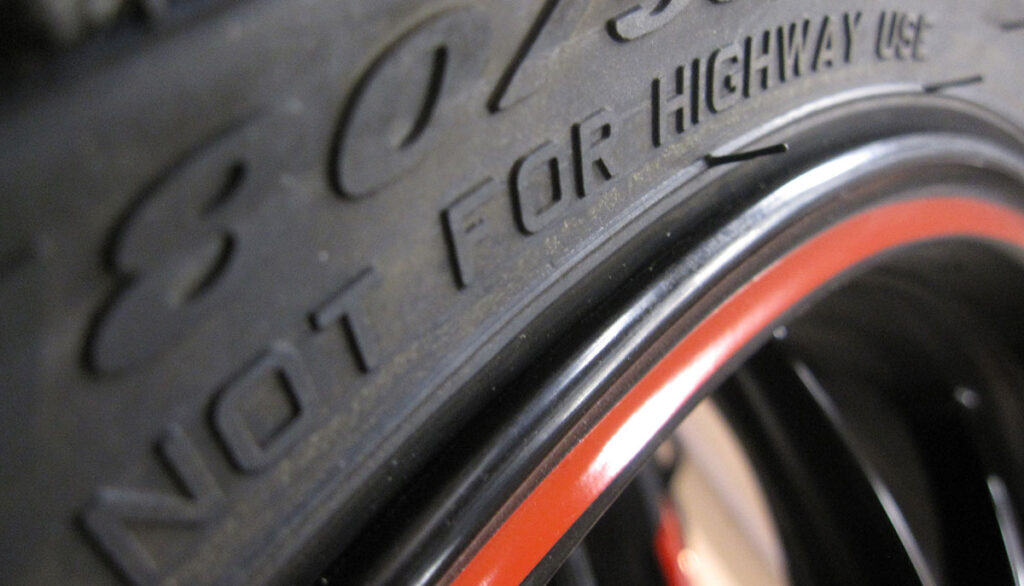The BMW RT pretty much set the standard for the more tourer-biased sport touring segment. But wait, sport tourer?
A long time ago, sport-tourers were standard motorcycles/roadsters that were equipped windscreens and luggage. However, the segment was further (mini) segmented to those that are more sport-oriented versus those that are more touring-oriented.
The former includes madcap motorcycles such as the BMW S 1000 XR and M 1000 XR, Kawasaki Ninja H2 SX, Kawasaki 1400GTR, KTM 1390 Super Duke GT, Ducati Multistrada V4, and Suzuki Hayabusa (yes the ‘Busa is considered a sport-tourer).
The latter includes the BMW RT, Honda NT1100, Kawasaki Ninja 1000, Yamaha FJR1300ES, etc.
But how about the likes of the BMW K 1600 series? It belongs to the full-dress tourer segment. Yes, it covers the Honda Gold Wing, Kawasaki Voyager, Harley-Davidson Electra Glide, … You get the idea.
More about the BMW RT
First and foremost, the RT, at least beginning from the 1996 R 1150 RT, looked large, heavy and ungainly. However, we ourselves found out about how sweet and comfortable the RT series is. They felt more like large scooters rather than motorcycles that you risk throwing your back out by lifting it off its sidestand.
There are many reasons why the RT is chosen as a police or escort motorcycle the world over, including here in Malaysia.
Really. You need to ride one to fall in love with it.
History of the BMW RT
Anyway, back to the main title, let us trace the evolution of the much-beloved RT, beginning with the name, of course. “RT” stands for “Reise-Tourer” (Travel-Tourer).
R 100 RT (1978)
The original RT, based on the R 100 S and shares certain attributes with the R 100 RS. The R 100 RT has a full fairing and more upright riding position. It set the standard for BMW’s touring motorcycles and was popular among long-distance riders.
-
A full fairing (unlike earlier naked or semi-faired BMWs).
-
A 98 hp, 980cc “airhead” (air-cooled) Boxer engine.
-
Comfortable seating, wind protection, and luggage options.
R 1100 RT (1995)
Introduced along with new generation of BMW “oilhead” Boxer engine and a more advanced chassis. The oilhead engine, as the name suggested, was oil-cooled. This engine would become BMW’s signature for many years to come.
-
1,085cc, 90 hp engine.
-
Improved aerodynamics, ABS (optional), and electronic fuel injection.
R 1150 RT (2001)
Still an “oilhead,” the Boxer engine underwent several revisions including enlarged capacity and power output.
-
1,130cc, 95 hp engine.
-
More refined suspension (Telelever front, Paralever rear).
-
Better wind protection and onboard electronics.
R 1200 RT (2005)
The last of the “oilhead” generation RT, but was considered the one of the best until today. BMW reworked the engine and chassis again to provide even more performance and comfort.
There were two (sub-)versions of this generation, namely:
-
“Hexhead” (2005–2009): 1,170cc, 110 hp, with improved engine cooling.
-
“Camhead” (2010–2013): Minor updates, including revised cylinder heads.
Main features included:
-
Dynamic ESA (Electronic Suspension Adjustment).
-
Advanced electronics (traction control, ride modes).
-
Heated grips, cruise control, and a larger fairing.
R 1200 RT (2014)
The Boxer was finally liquid-cooled to keep up with producing more power and emissions standards, leading to being dubbed as the “waterhead,” or “wethead.”
Main features followed those of the previous R 1200 RT, albeit enhanced further.
-
Dynamic ESA (Electronic Suspension Adjustment).
-
Advanced electronics (traction control, ride modes).
-
Heated grips, cruise control, and a larger fairing.
R 1250 RT (2019)
The R 1250 RT made its debut following BMW upgrading the Boxer to include their ShiftCam VVT technology. And of course, the new bike had many new features too, including radar-assistance in the latter stages. It remains one of the most technologically advanced and comfortable touring bikes on the market.
-
1,254cc ShiftCam boxer engine (136 hp, variable valve timing).
-
10.25-inch TFT display (with connectivity, navigation, and multimedia).
-
Radar-assisted adaptive cruise control (optional).
-
Enhanced rider aids (cornering ABS, dynamic traction control).
R 1300 RT (2025)
BMW introduced the all-new R 1300 GS for 2024, and of course, the RT follows soon after. This is an all-new RT, along with a completely new design which breaks away from the previous two R 1200 RT and subsequent R 1250 RT generations. It is 12 kg (wet) lighter than the last R 1250 RT, too.
Key features:
-
New 1,300cc ShiftCam Boxer Twin, which produces 145 hp (107 kW) @ 7,750 RPM, and 149 Nm (110 lb-ft) @ 6,500 RPM.
-
More compact & lighter than the R 1250 RT engine.
-
6-speed transmission with optional Shift Assistant Pro (clutchless up/down shifts).
-
Improved fuel efficiency and smoother power delivery.
-
New Steel Bridge Frame (lighter & stiffer for better handling).
-
EVO Telelever Front Suspension (revised for improved feedback).
-
EVO Paralever Rear Suspension (enhanced stability).
-
Optional Dynamic ESA (Electronic Suspension Adjustment) – automatically adapts to riding conditions.
-
10.25-inch Full-Color TFT Display (with smartphone connectivity).
-
Riding Modes: Rain, Road, Dynamic, Eco, plus optional Pro modes (customizable).
-
Advanced Safety Features:
-
ABS Pro (Cornering ABS)
-
Dynamic Traction Control (DTC)
-
Hill Start Control (HSC)
-
-
Optional Radar-Assisted Systems:
-
Active Cruise Control (ACC)
-
Front Collision Warning (FCW)
-
Lane Change Warning (SWW)
-
-
Ergonomically Optimized Seat (adjustable height: 760–800 mm).
-
Improved Wind Protection (electrically adjustable windscreen).
-
Heated Grips & Seat (standard in some markets).
-
Integrated Luggage System (side cases optional, up to 29L each).
-
Keyless Ride & Central Locking.
-
Slimmer & More Aggressive Styling (LED lighting, sharper lines).
-
Reduced Weight (~12 kg lighter than R 1250 RT).
-
Optimized Airflow (better wind protection with less buffeting).
-
Comfort Package: Heated seats, centerstand, etc.
-
Premium Package: Radar-assisted systems, tire pressure monitoring.
-
Sport Package: Dynamic ESA, Shift Assistant Pro.
